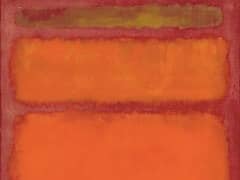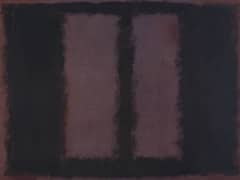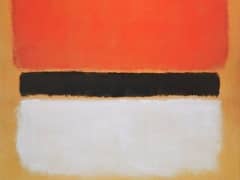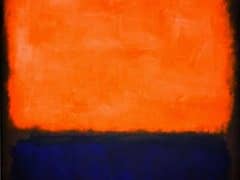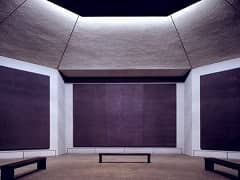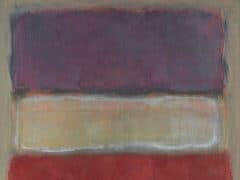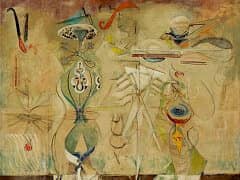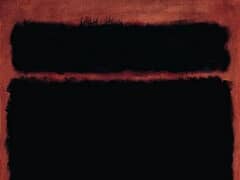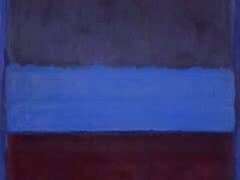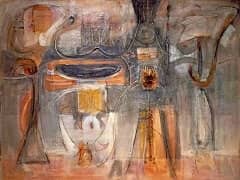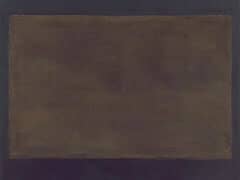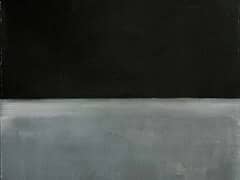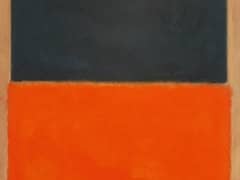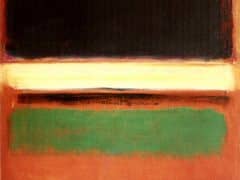Orange and Yellow by Mark Rothko
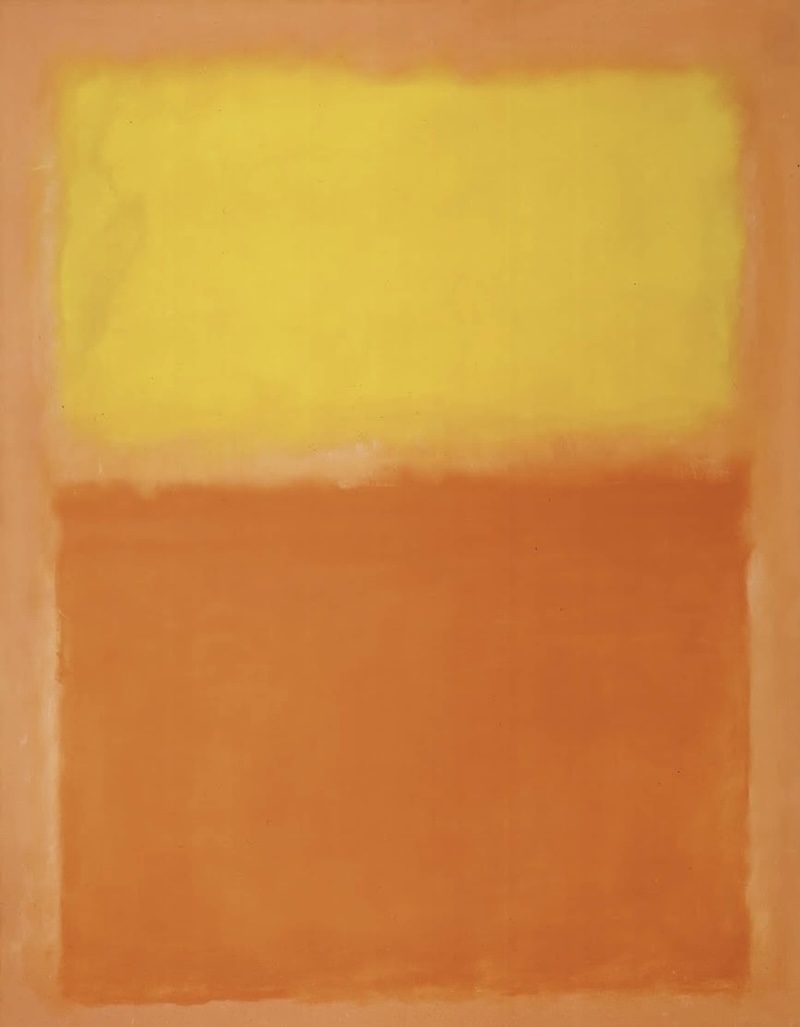
By the end of 1940s, following long periods of trial and error, Mark Rothko's paintings became increasingly abstract. During this time period, Rothko's style materialize: a few squares set on a foundation that isolates them from each other compositionally at the same time. But the edges of those forms are not distinct, which allow viewers to move seamlessly from one area to another.
Orange and Yellow reflects Mark Rothko's full-grown style, where a few square shapes are set inside a foundation that encompasses them all, yet isolates them tenderly from each other. The edges of the square shapes are rarely particular, staying away from an optical break and permitting watchers' eyes to move discreetly from another region to one more in a pensive manner. Rothko didn't believe we should contemplate him while taking a gander at his canvases, so he attempted to eliminate all proof of the creation interaction. To achieve this, he applied various layers of meager paint with a brush or cloth to ill-equipped material, which retained the varieties in its texture. The many flimsy washes help to give his compositions a daintiness and splendor, as though they shine from the inside.
Orange and Yellow was considered very huge during the 1950s, and Rothko requested that viewers stand close to being outwardly encircled by the colors.

